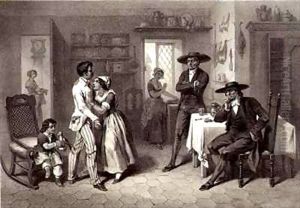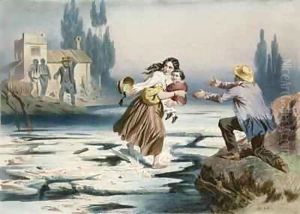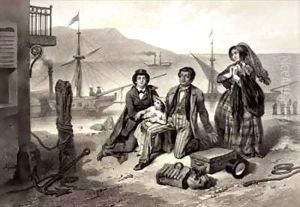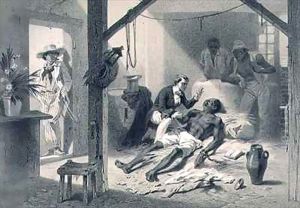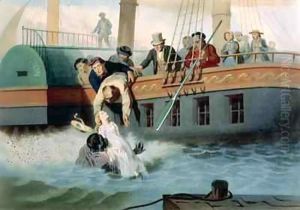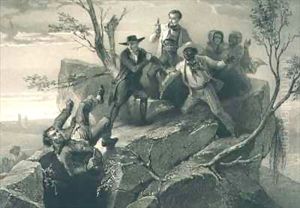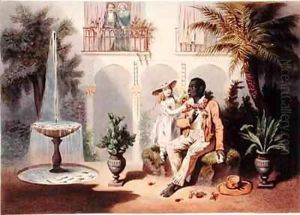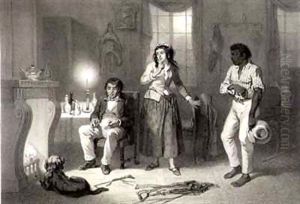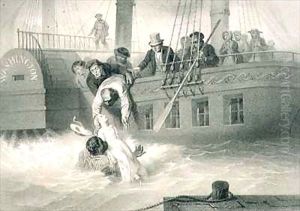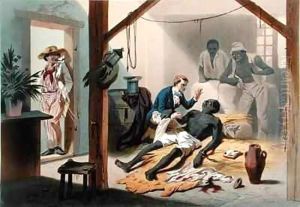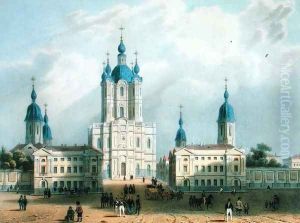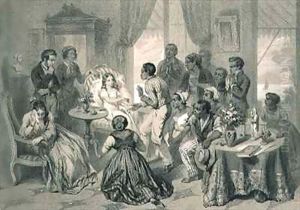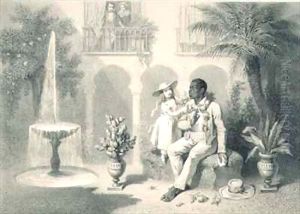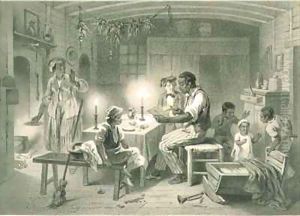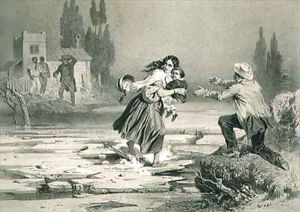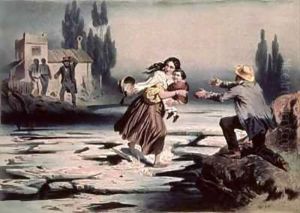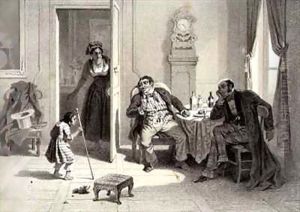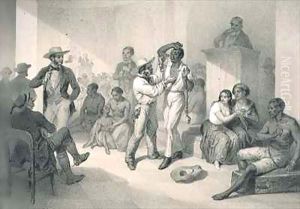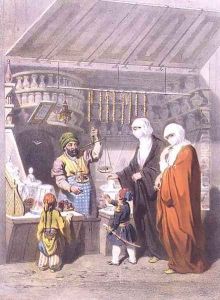Adolphe Jean-Baptiste Bayot Paintings
Adolphe Jean-Baptiste Bayot was a French artist known primarily for his works as a lithographer and illustrator. Born in 1810, Bayot came to prominence in the 19th century, during a time when lithography was becoming a popular medium for reproducing artworks, illustrations for books, and various other forms of visual media.
Bayot's works often captured historical events, military scenes, and portraits. His skill in lithography was notable for its detail and accuracy, and he was particularly adept at conveying the intricacies of military uniforms and equipment, which made his work valuable to historians and collectors alike.
Throughout his career, Bayot worked on illustrations for a number of publications. He collaborated with other artists and was involved in the production of illustrated books that documented contemporary events as well as historical subjects. For instance, he contributed to the illustration of works such as 'Le Panthéon de l'Industrie' which showcased industrial achievements of the time.
Despite his contributions to the field of lithography and illustration, Bayot did not gain the same level of lasting fame as some of his contemporaries. Information about his personal life, including training and influences, is not as well-documented as that of other artists from the same period.
Adolphe Jean-Baptiste Bayot passed away in 1866. His works remain as a testament to the lithographic art form and provide a visual history of the events and culture of his time. His lithographs can be found in various collections and are studies for those interested in the development of 19th-century visual arts.
